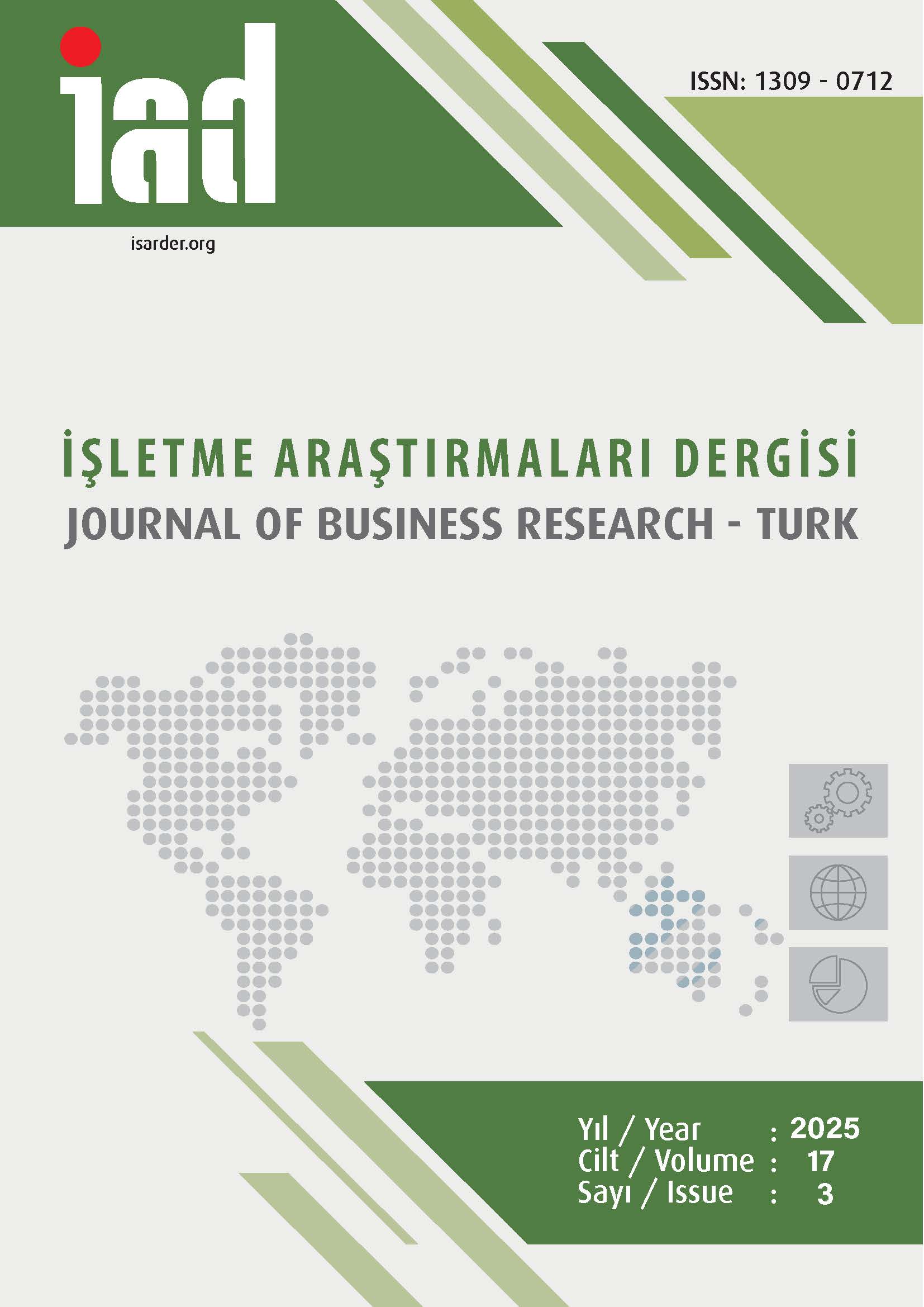The Relationship between Economic Development and Foreign Trade for the TRC3 Region (Batman, Mardin, Siirt, Şırnak)
DOI:
https://doi.org/10.20491/isarder.2025.2102Keywords:
Foreign Trade, Economic Growth, Cointegration, TRC3 RegionAbstract
Purpose – This study aims to analyse the impact of foreign trade on economic growth in TRC3 Region (Batman, Mardin, Siirt, Şırnak). It is evaluated how the differences in development levels between regions shape the impact of foreign trade on economic growth.
Design/methodology/approach – The impact of foreign trade, credit and labour variables on economic growth in TRC3 provinces using the data between 2004-2020 has been analysed by econometric methods. In the study, GDP per capita is selected as an indicator of economic growth and foreign trade data is expressed as the sum of exports and imports. In the analyses, unit root and cointegration tests and then DOLS method are used.
Results – According to the results of the analyses, foreign trade has no statistically significant effect on economic growth in TRC3 provinces. On the other hand, labour and credit have positive effects on economic growth. The findings show that the gains from foreign trade are not spread throughout the region and that inequalities in income distribution are among the main reasons for this situation.
Discussion – In developing regions such as the TRC3 Region, income inequality and limited local industrial infrastructure are among the main reasons why foreign trade does not increase economic growth. The study emphasises that the impact of foreign trade on economic growth is stronger in coastal and industrialised regions and weaker in less developed and inland regions. This situation raises policy recommendations for the elimination of regional inequalities and a more equitable distribution of income from foreign trade.
Downloads
Published
How to Cite
Issue
Section
License

This work is licensed under a Creative Commons Attribution-NoDerivatives 4.0 International License.





